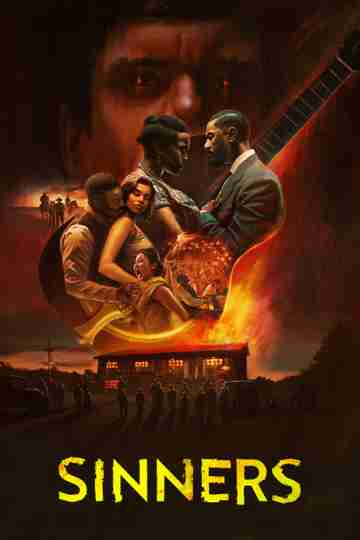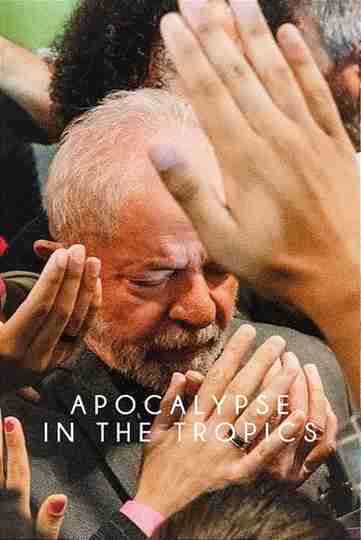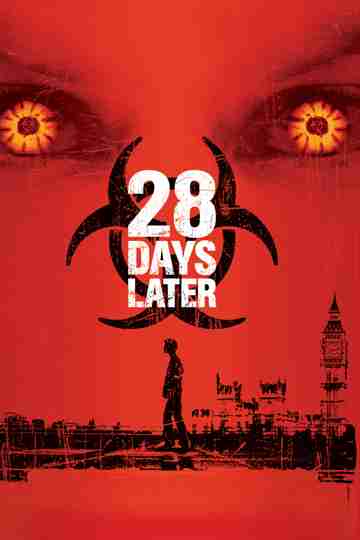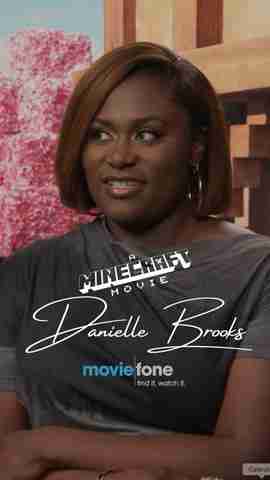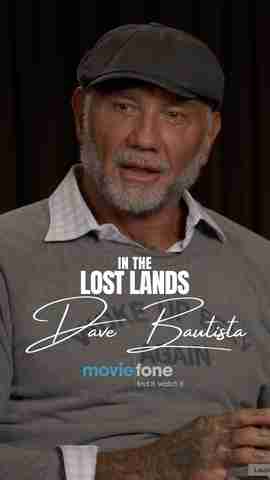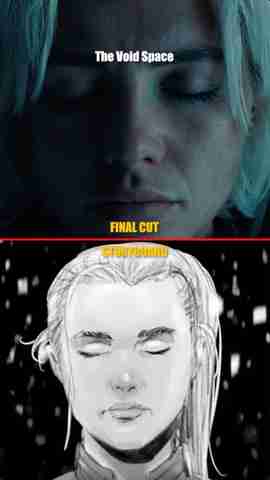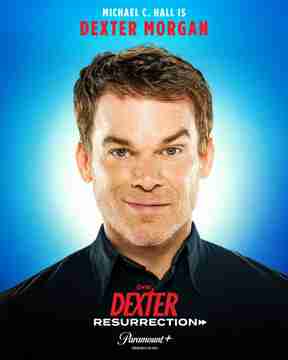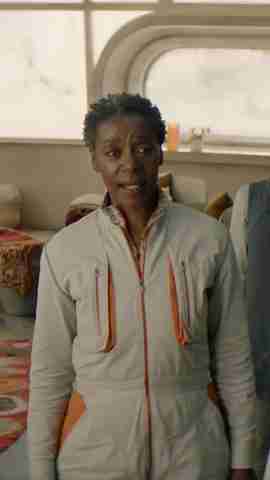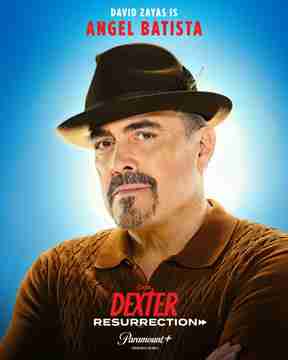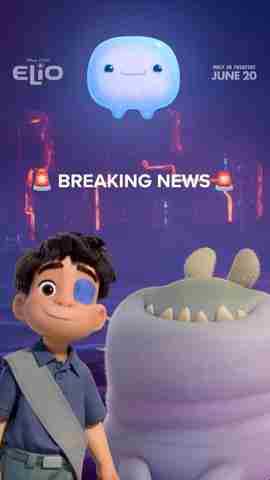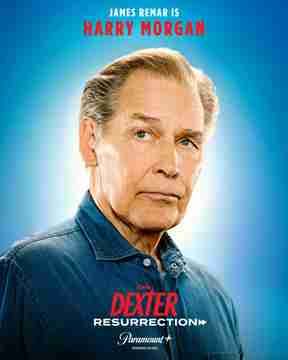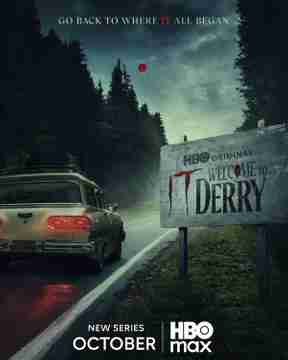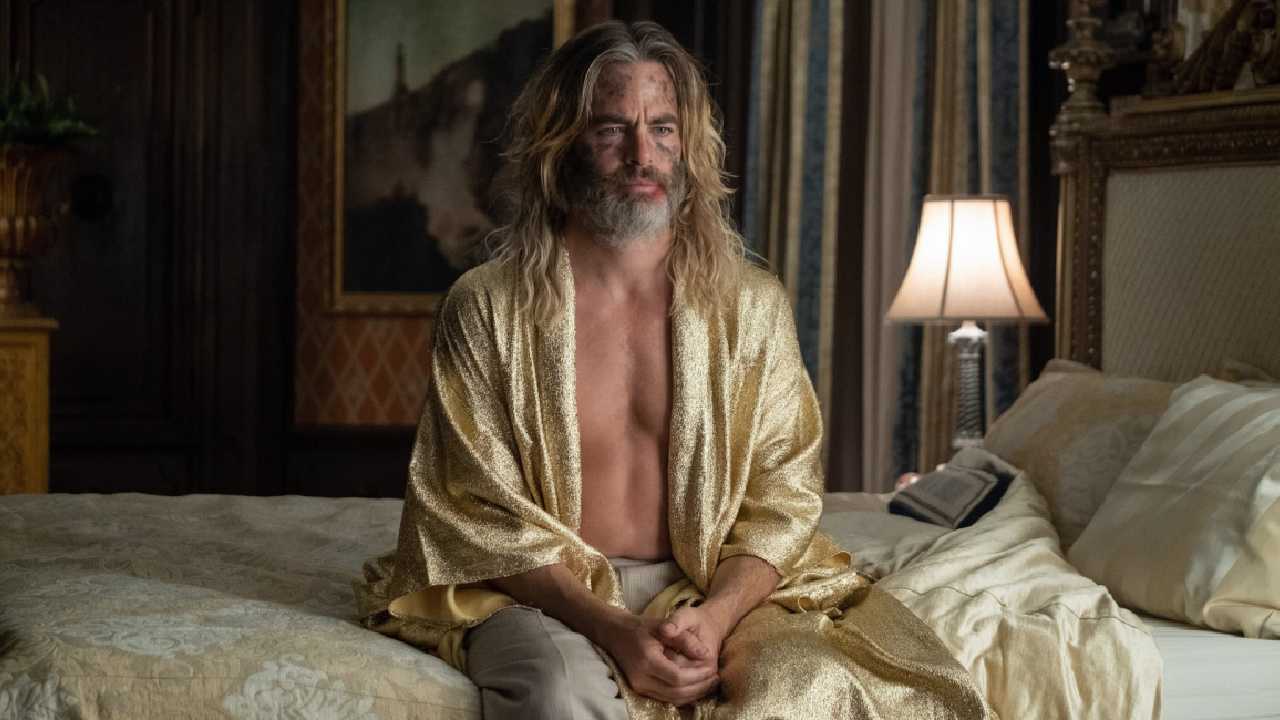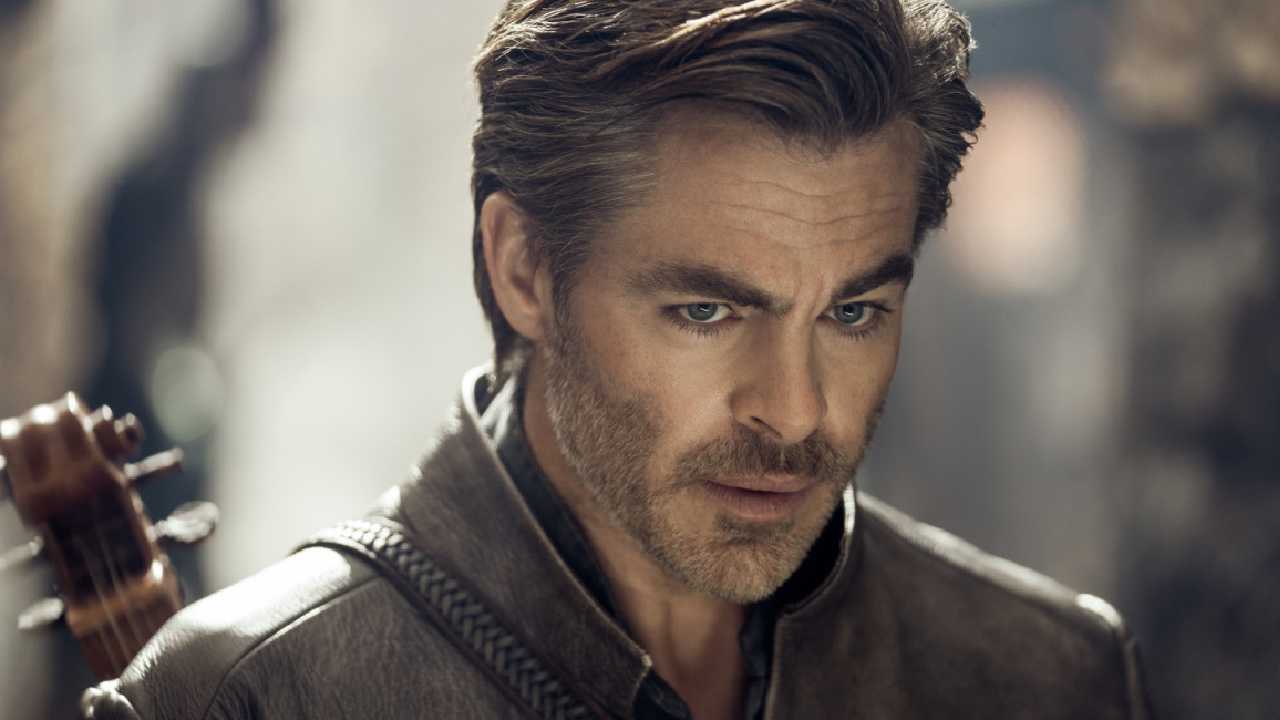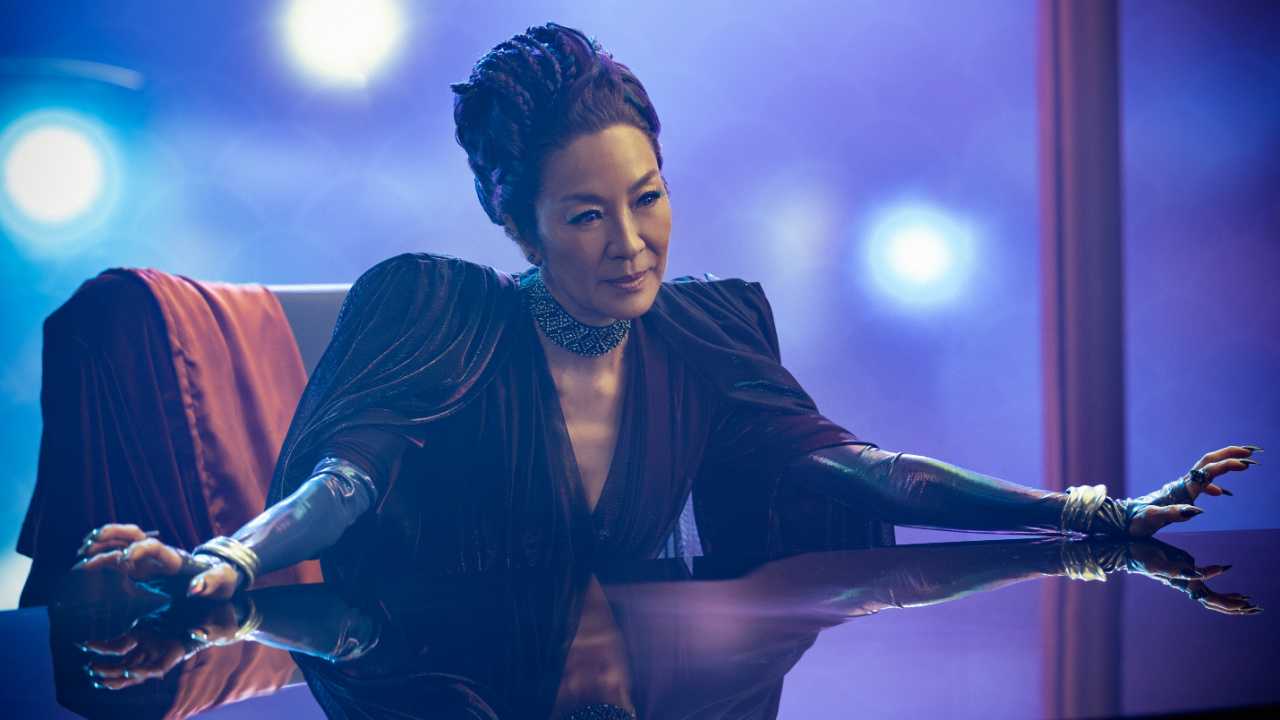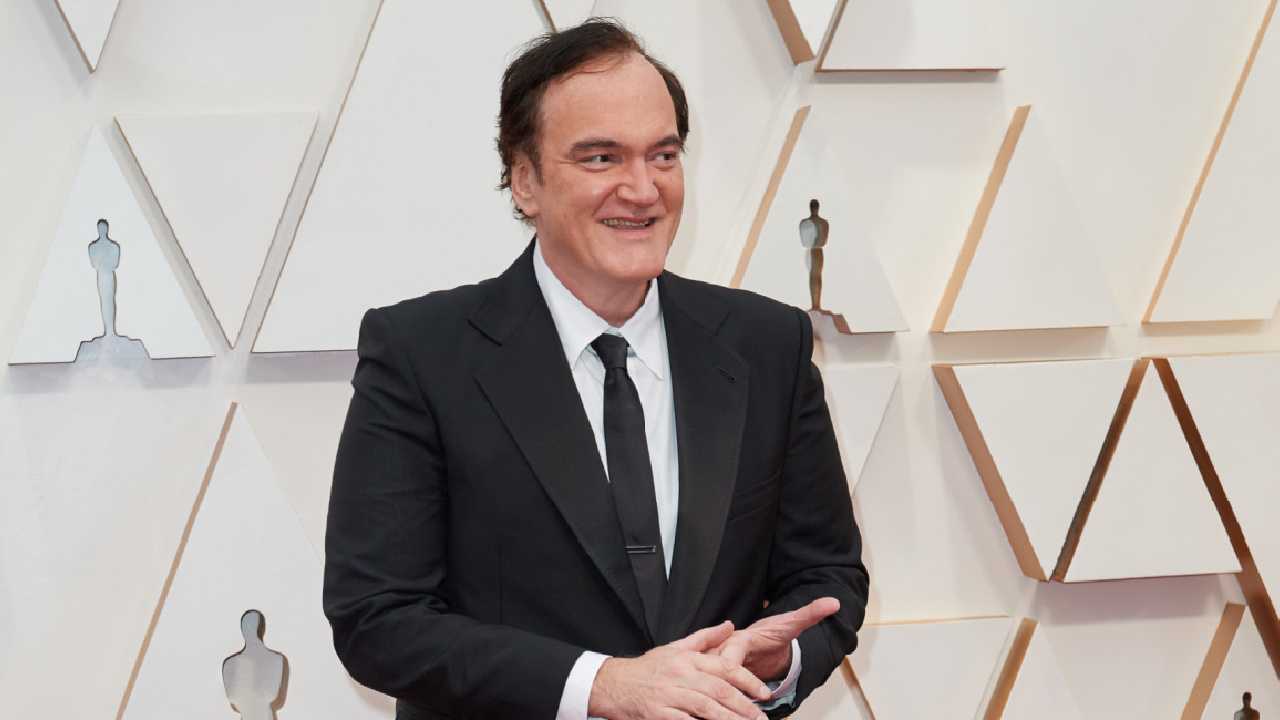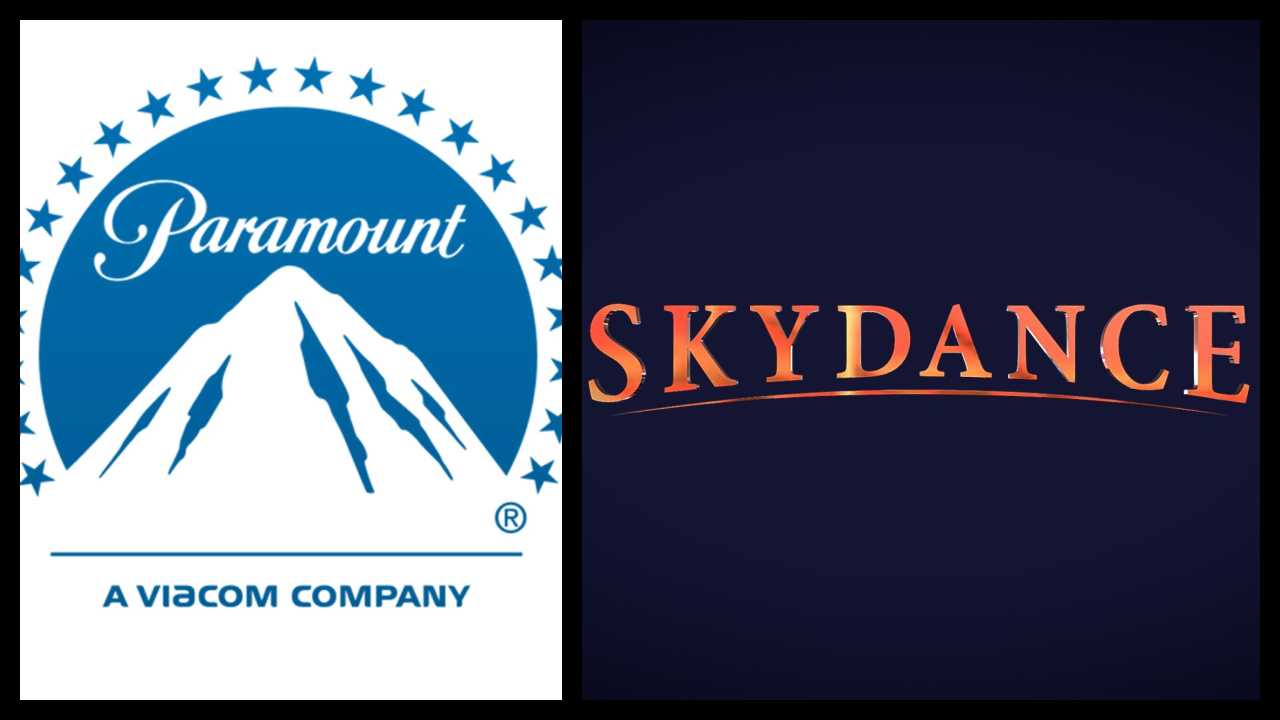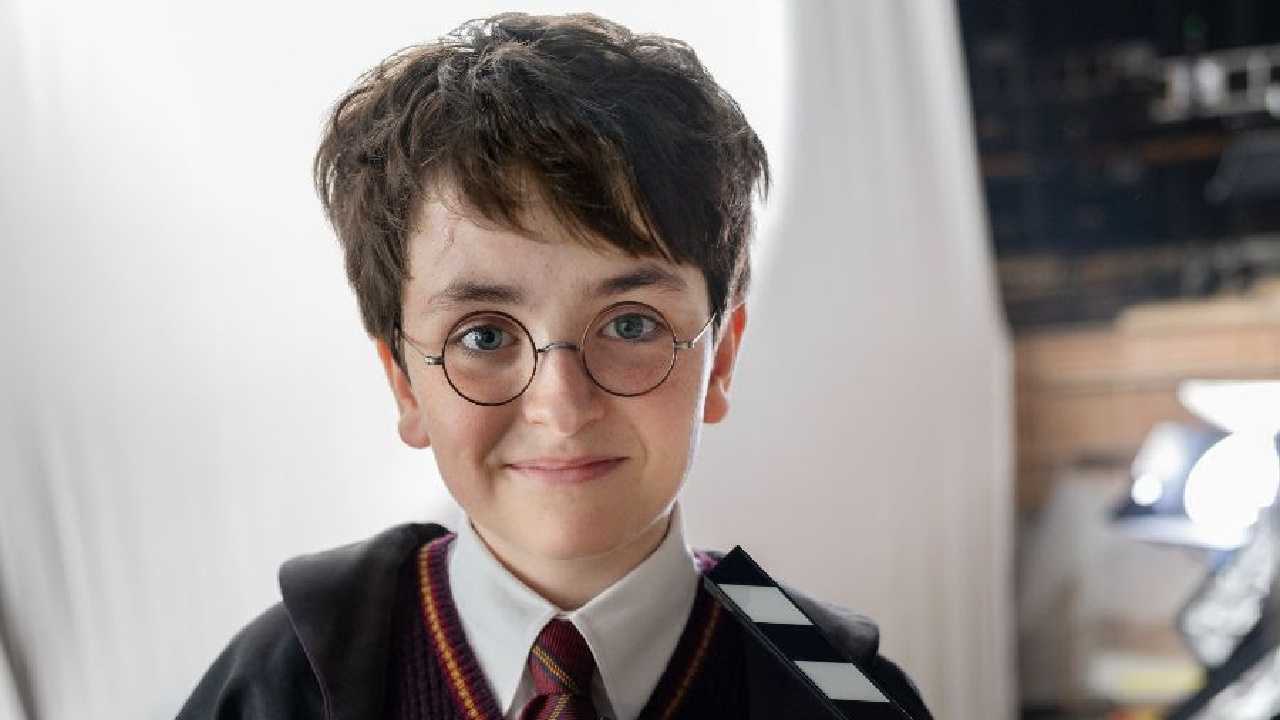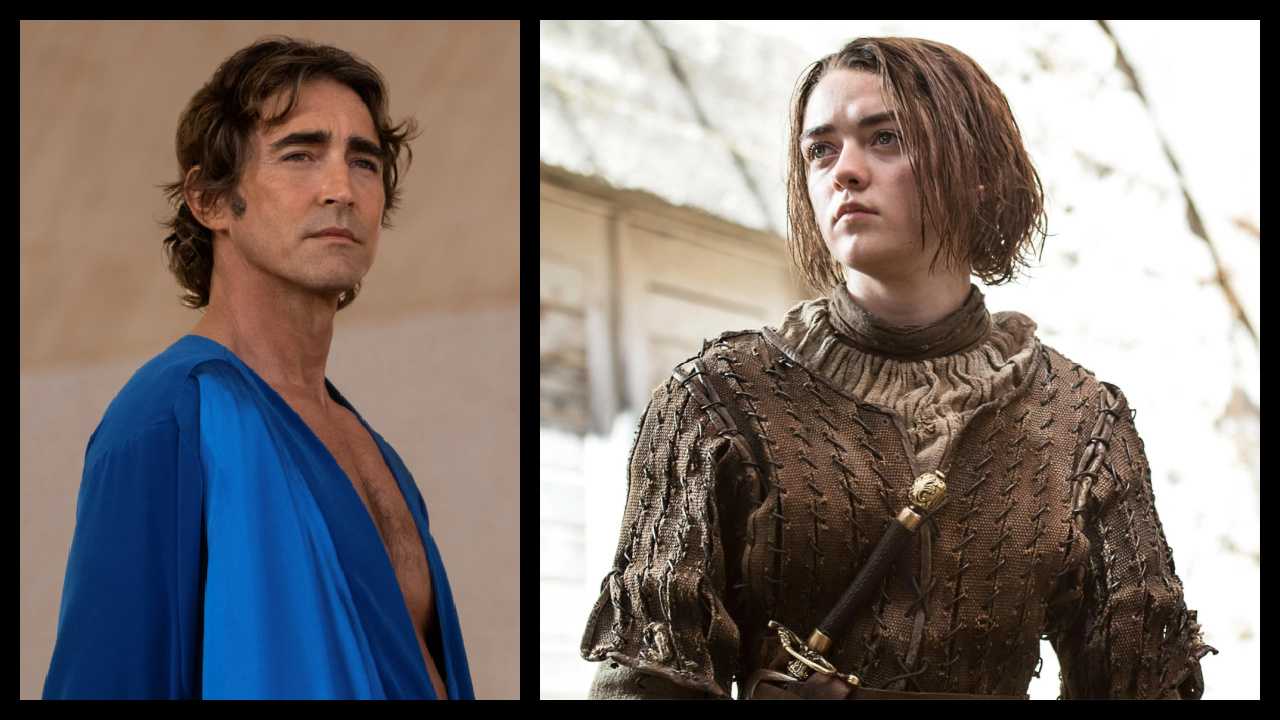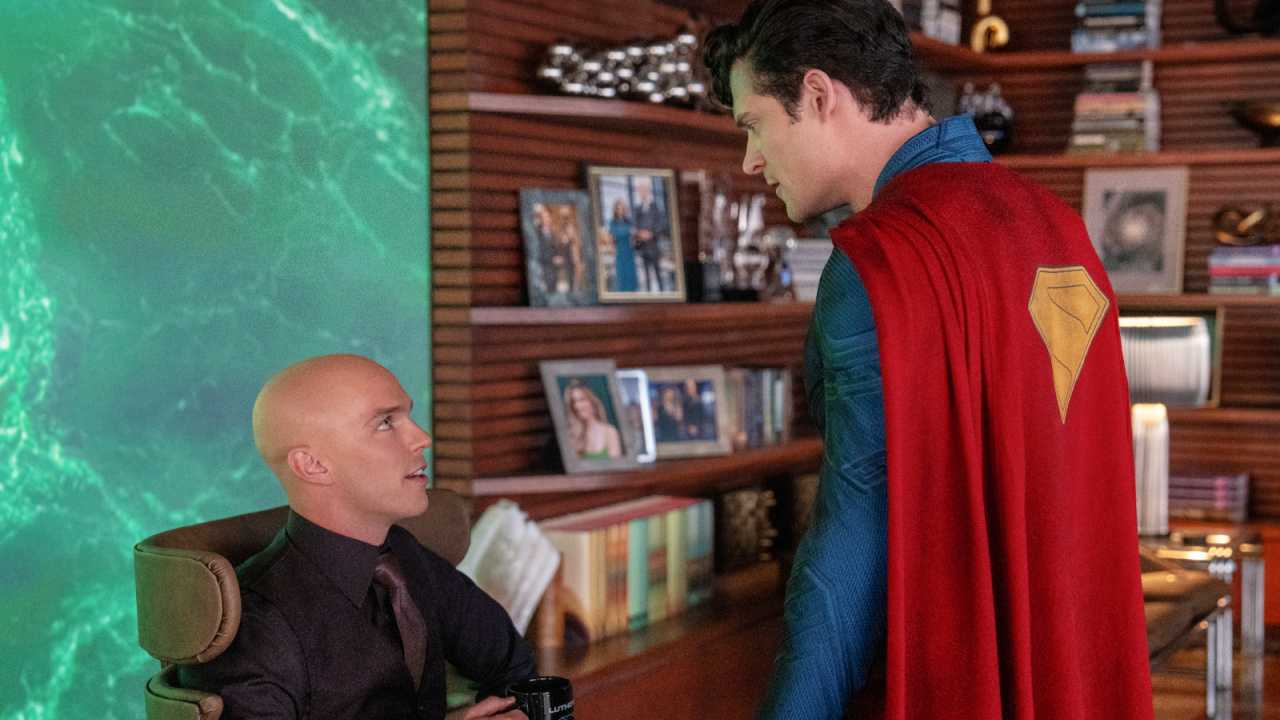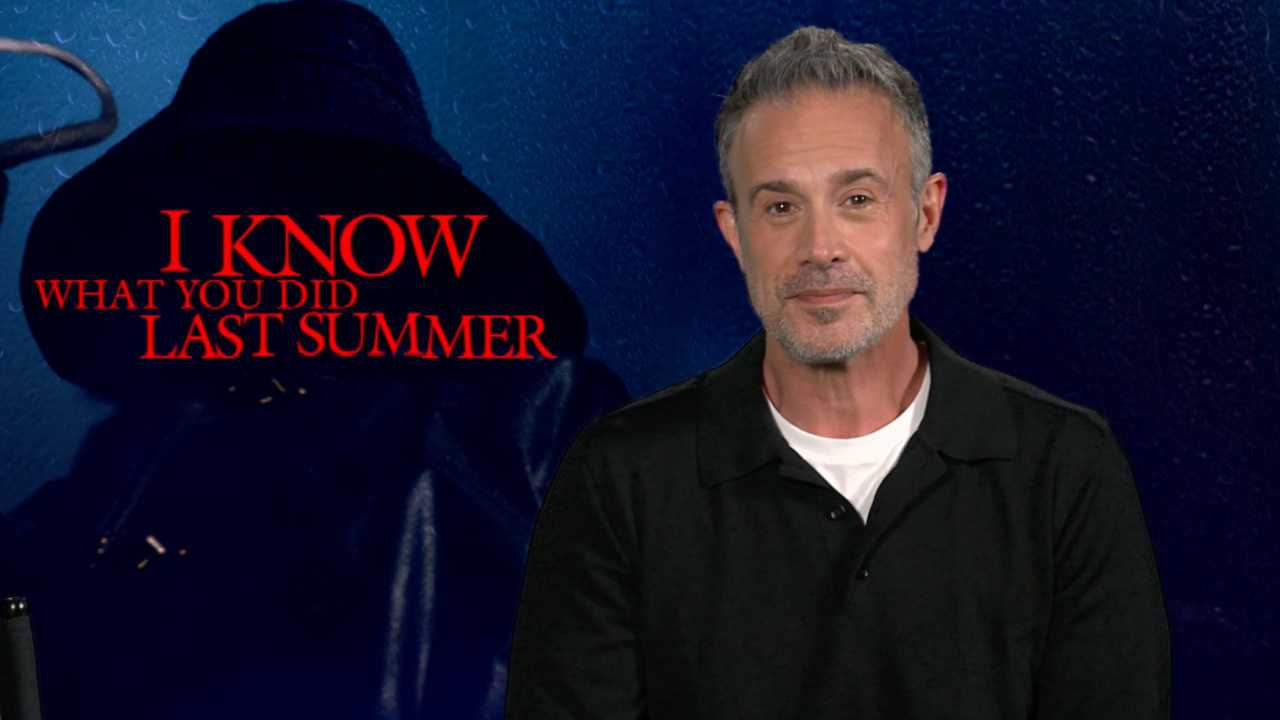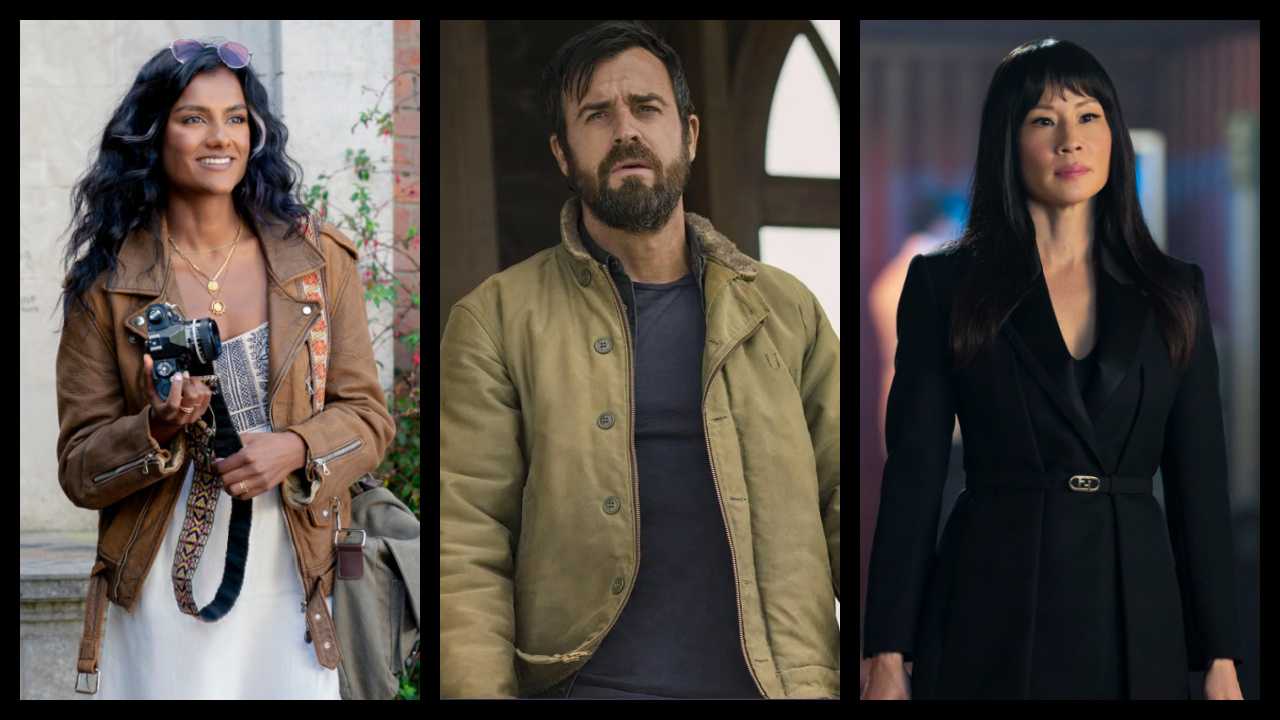9 Reasons Why 'Star Trek II: The Wrath of Khan' Is the Best Star Trek Movie Ever
"Star Trek II: The Wrath of Khan," released on June 4, 1982, was a commercial and critical smash (it set a world record for first-day box office gross), and set the bar unreasonably high for all of the "Star Trek" films that followed. Indeed, it's largely considered the greatest "Star Trek" film of all time, which is saying something considering the sheer number of films in the franchise (there are the movies starring the original cast, Next Generation crew and the current "Kelvin" timeline). There are about a million reasons why it's the best ever, but here are nine.
1. The Scale
One of the more interesting aspects of "Star Trek II" is how pared down it is, relatively speaking. The first film, "Star Trek: The Motion Picture," was costly and cumbersome and Paramount deliberately took a more modest approach when it came to the sequel. That resulted in a leaner, meaner script (supposedly re-written by director Nicholas Meyer in 12 days) that focused more on character than cosmic derring-do. Meyer deliberately emulated the feeling of the classic TV series, which put an emphasis on adventure and still made the movie feel big, thanks largely to recycling props, sets, costumes and models from the previous film.
2. Backstory Doesn't Get in the Way
Between the Kobayashi Maru training exercise (and Kirk's potential cheating), Kirk's relationship with Carol Marcus, the relationship of the military and scientific arms of the Federation and the history between Kirk and Khan, there is a bunch of backstory in "Star Trek II." But it never bogs down the plot or gets in the way of the action. Instead, it adds texture and detail to a movie that is already full of excitement and adventure.
3. It's Based on the Series (but You Don't Need to Know Anything About It)
Even if you don't know the original series you probably have heard that "Star Trek II" isn't just a sequel to "Star Trek: The Motion Picture," but that it's actually a follow-up to one of the most beloved episodes of the show, "Space Seed" (it aired back in February, 1967). "Space Seed" introduced the world to Khan and laid the groundwork for the movie's plot, which sees Khan seeking vengeance. It's great set-up but one of the best things about the movie is that you don't need to know anything about that original episode to enjoy the movie, because the movie so expertly handles the necessary exposition.
4. That Worm
God. That worm. There's a worm on the planet where Khan has been marooned, one that he claims has killed more than 20 members of his crew. It squirms around and goes in your ear and it's truly terrifying. The shot of Chekov screaming as the worm crawls around in his brain is the stuff of memory-searing nightmares.
5. The Pace
If there's one thing that the first "Star Trek" movie was, it's ponderous. That thing just kind of hangs around, floating (as it were) in zero gravity, but the sequel, by comparison, moves like a bullet. And it covers a lot of ground, from Earth and the Kobayashi Maru test, to various spaceships, space stations, and planets, it hopscotches around while always on the move. This is again connected to the leanness of the production and the fact that there wasn't the time or money to do anything frivolous or tangential. This is the rare sequel that is all killer, no filler. Or as Kirk says: "We have minutes, not hours."
6. Khan
Everything about Khan is the best. (This is why "Star Trek Into Darkness" and their handling of the character was such a colossal letdown.) Ricardo Montalban is gloriously over-the-top, hamming it up with gleeful abandon. He seems to savor each and every line of dialogue and somehow manages to make things like, "Let them eat static," some majestic and nearly Shakespearean. (There's a reason Quentin Tarantino quoted the film for "Kill Bill, Vol. 1." It's very cold in space.) Also he's just a great villain; he's a (metaphoric) mustache-twirler for sure but he has a reason for his outrage, which makes him identifiable and unique. There's a clear through-line for his actions; he's not just aimlessly trying to murder everyone. He blames Kirk for the death of his wife and for marooning him on a desolate rock. That you can understand. And it's fun to see someone who can match wits with Kirk instead of just trying to overpower him physically or politically. Even if you think Montalban's performance is "a little much," you have to give him points for injecting subtlety and charm into the character and for crafting a villain that has truly stood the test of time.
7. That James Horner Score
Jerry Goldsmith's score for "Star Trek: The Motion Picture" is gorgeous and twinkly. But they couldn't afford to bring Goldsmith back for the sequel (again: blame that budget). So they took a chance on a relatively unproven Horner, who delivered a score that was more muscular and energetic (you can also hear what he would eventually do in his unforgettable and often imitated score for "Aliens"). There's a great sense of drive and tension, just like in every other part of the movie, but there's still some gorgeous, EPCOT Center-y sci-fi wonder as well.8. Khan's Ship Looks Like a 1970s Rec Room
It's so dark and sunken and ... is that shag carpeting?
9. Maybe the Most Emotionally Devastating Ending in the Series
If you haven't seen "Star Trek II," then I hope you're not reading this article, so I'm not going to issue a spoiler warning. But if you haven't, turn back now. Because the ending of "Star Trek II" is really emotionally devastating, probably the most devastating of the entire franchise (and this includes the heart-tugging passing of the torch at the end of "Star Trek Generations"). The death of Spock is really, really brutal. And it sets up the next, totally out-there movie in strange and fascinating ways. It's a heartbreaker for sure.

